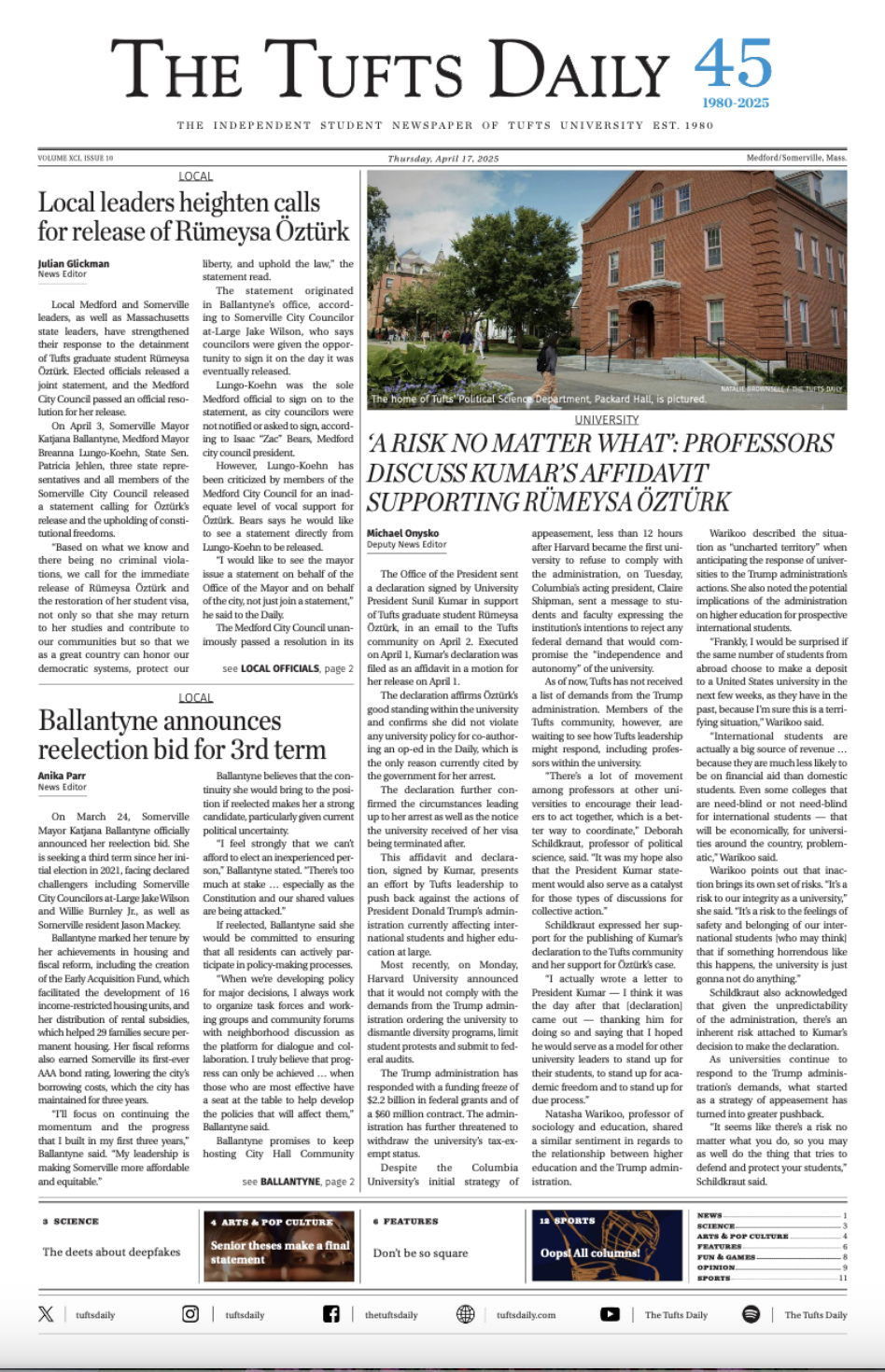Though taking photographs of stylish passersby used to be the least glamorous part of fashion photography, it has now become the "it" facet of the industry and its own legitimate business. Given our celebrity?obsessed culture, it must seem positively mundane and boring to see normal women wearing great looks when they have to compete with the perfectly manicured celebrities adorning most magazines. That is, until a few years ago when street?style photography became its own highly influential niche in the fashion industry.
The essence of this type of photography, which doesn't feature emaciated models in exotic locales, is to view fashion and style on men, women and sometimes children as they go about their everyday lives. Even as someone with an entree into the industry, I feel the intangible cloak of secrecy and mystery that shrouds designers, models, photographers and stylists in their own little world. But alas, the exclusivity of Fashion Week has been literally brought outside the tents at Lincoln Center, to the throngs of street?style photographers who wait to snap shots of the real fashionistas: The men and women who don't wear any designer brands and effortlessly mix H&M with Hermes.
Bill Cunningham, the subject of the touching and enlightening new documentary "Bill Cunningham New York" (2010), professionalized the art for Americans back in the 1970s as the photographer for The New York Times' "On the Street." Mr. Cunningham, extremely polite and gentle, is revered on the fashion circuit not only for his runway shots but more so for his street cred. I nearly fell off my painful (but fabulous) four?inch United Nude block heels during Fashion Week when I realized he had snapped a picture of them. My picture never materialized in the Times, but I was starstruck nonetheless.
The most fascinating part of the film is when Cunningham directly addresses the camera about his role as a photographer who roams the New York City streets for fashionable people. A resonating theme in his work is not fashion for fashion's sake, but fashion for culture's sake. He's not disseminating notions of what people should wear; he's showing what they do wear. He's not simply a fashion photographer who hobnobs with the rich and famous; he's also a cultural purveyor, capturing a moment and mood in a city, creating a visual collage reflective of economic booms and crashes, social norms and gaffes.
As the Internet eliminated the cost barriers for so many industries, it eliminated the "exclusivity" barrier in the fashion industry. Suddenly, Scott Schuman, more fondly known as "The Sartorialist," started snapping shots of men and women worldwide who just had "it." A few years later, after being listed on Time's 100 Most Influential Style Setters, he was putting requests out for an assistant. In other words, he's a lucrative businessman who jets around the world, waiting for the next great thing to pass by on the street. StreetPeeper, Tommy Ton and The Face Hunter are other names to add to the gamut of well?received sites that spot normal people just being stylish. These people are not simply fashion bloggers; they get out on the streets of the world to shoot, despite rain, snow or shine.
Taken on the whole, street?style photography is immensely refreshing. I think Bazaar made a wise decision when they began to incorporate street?style photographs of trends in their magazine pages. A camera's lens is never impartial, but with the rise of talented young photographers snapping shots of good and bad style, we amass a collective cultural truth about what people wore in 2012 and beyond. Just as Tufts has its own sartorial scene, there is something to be said for recognizing good style and capturing a moment or mood, anywhere and on anyone.
--
Elizabeth Landers is a junior majoring in political science. She can be reached at Elizabeth.Landers@tufts.edu.





